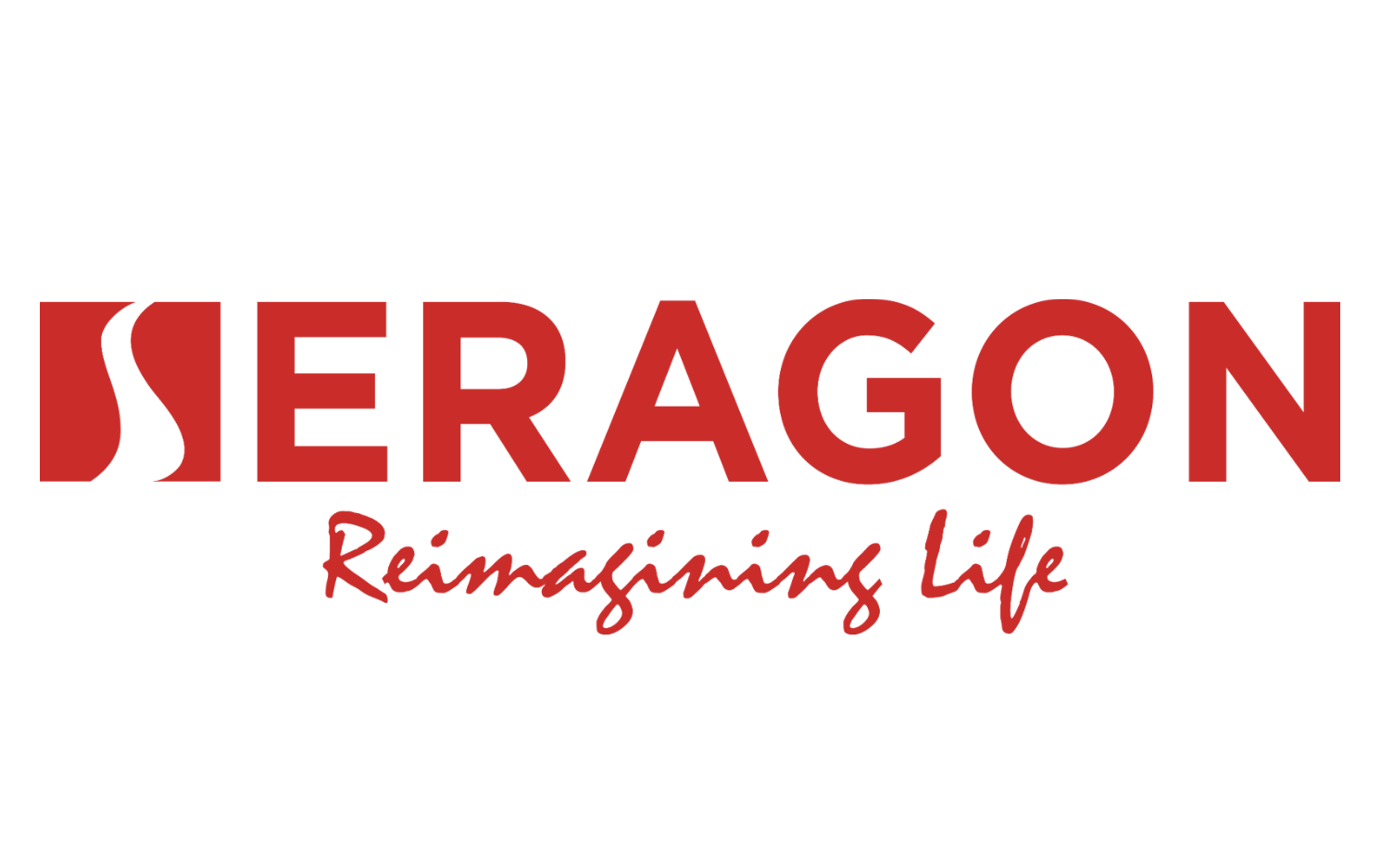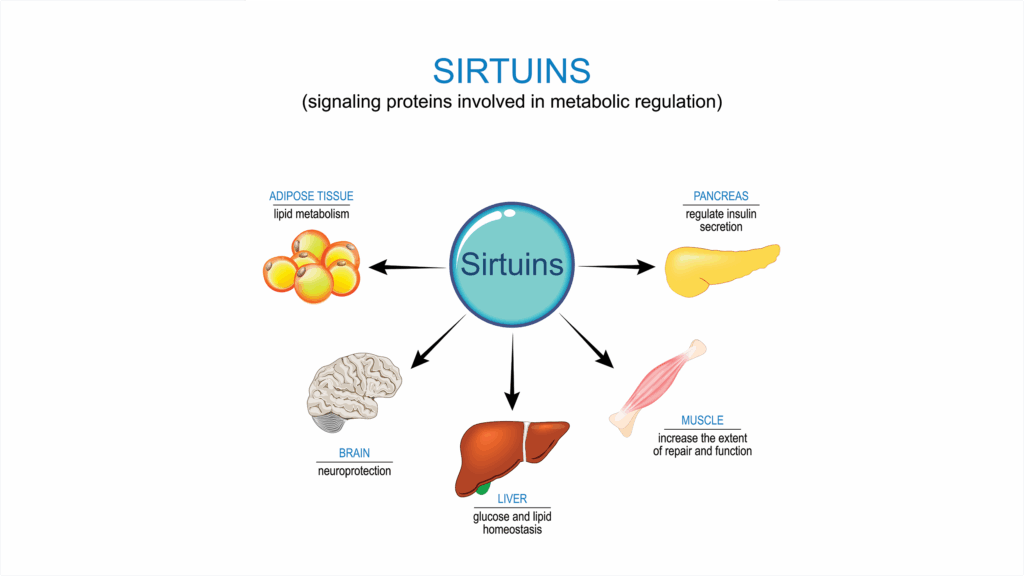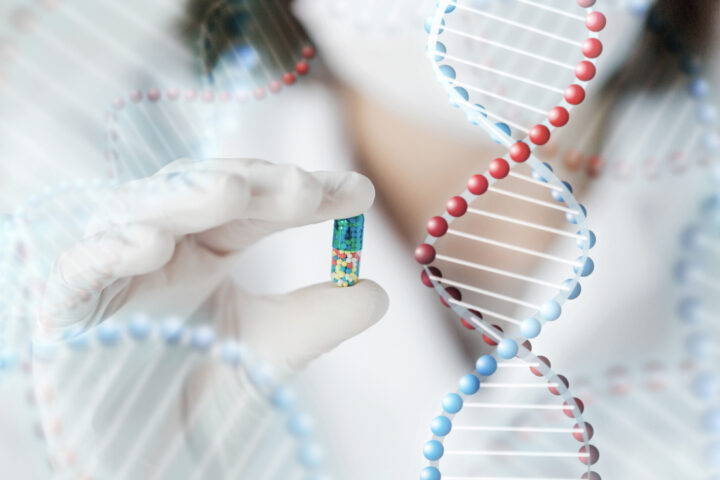Seragon Biosciences has completed a milestone study showing that their aging intervention drug candidate — SRN-901 — confers one of the largest extensions of mouse lifespan to date, outperforming rapamycin.
In a May 7, 2024 press release, Seragon Biosciences announced that its aging intervention drug candidate, SRN-901, achieved one of the largest extensions of lifespan and healthspan to date, outperforming rapamycin. SRN-901, when administered orally to middle-aged mice (equivalent to a human in their 50s), extended remaining lifespan by one-third and improved physical endurance, suggesting increased healthspan.
“Our novel anti-aging drug SRN-901 contains many of the most potent longevity technologies, including those involved in mTOR inhibition, autophagy activation, NAD+ enhancement, and senolytic stimulation.” says David Brown, Ph.D., Senior Scientist at Seragon Biosciences.

SRN-901 extended the remaining lifespan by 34.4% when administered orally to middle-aged mice.
With over 300 mice included in the experiments, the research team monitored the mice across their entire lifespans, from 2021 to 2024.
“With a considerable sample size, we examined our mouse cohort across several levels of analysis, encompassing RNA sequencing, physiological function, metabolism, transcriptomics, and proteomics. All brought together with machine learning-assisted bioinformatics,” recounted Dr. Brown.
“In analyzing longevity-associated gene expression levels, we found that aged mice treated with SRN-901 exhibited expression levels strikingly similar to that of young mice. Interestingly, when compared to the popular NAD+ precursor NMN, SRN-901 had significantly more robust effects,” he added.

SRN-901 restores longevity gene activation similar to younger mice. Aged mice treated with SRN-901 (right graph) display gene activity levels similar to young mice (left graph). NMN (middle graph) also restores longevity gene activation but not nearly to the same degree as SRN-901.
Dr. Brown also explained that noteworthy longevity genes such as Sirt6, Parp1, and Sod2 showed an average increased activation of over 70%. Moreover, anti-longevity genes like Igf1r, Ccl4, and Il6 decreased by 40% on average. Additionally, when pro-longevity pathways were analyzed, the Seragon researchers found significant activation of DNA repair, signal transduction, immune function, and programmed cell death pathways with SRN-901 treatment.
“Our assessment of tissue metabolic markers showed a significant increase in gamma-glutamyl glutamine, and glutathione, a powerful native antioxidant that counteracts oxidative stress, which is known to contribute to DNA damage and cellular aging. We also saw a significant reduction in blood glucose and uric acid levels, both indicators of poor metabolic health,” said Dr. Brown regarding the promising findings.
These results mean that SRN-901 increased pro-longevity metabolic markers, all the while reducing anti-longevity metabolic markers.
Extending Disease-Free Lifespan
Extending lifespan is not so valuable if not accompanied with an increase in healthspan — the duration of life lived without disease. At the same time, the increased global life expectancy seen over the last century has occurred in tandem with an increased incidence of age-related diseases like Alzheimer’s, cancer, and cardiovascular ailments, impeding our healthspans. Hence, increasing healthspan has become paramount.
“In what we believe to be one of the most comprehensive systematic assessments of observable age-associated phenotypes, in terms of breadth, we found SRN-901 to improve several key indicators of healthspan,” said Dr. Brown.
In that regard, Dr. Brown noted that SRN-901 enhanced cognitive function in aged mice, which may thwart dementia. In addition, SRN-901 enhanced physical endurance of aged mice as measured with treadmill running. More specifically, aged mice ran about 20% the distance of young mice, yet aged mice treated with SRN-901 ran over 50% of the distance compared to young mice. As such, SRN-901 more than doubled aged mouse endurance.
What’s more, according to the press release, SRN-901 worked against frailty — a condition marked by muscle loss, weakness, and decline. Also noteworthy, SRN-901 reduced the occurrence of tumors, suggesting counteractive effects against cancer.
A Global Collaboration
“An extensive international network of world-class academic institutions and industry leaders collaborated with Seragon to complete this large-scale, broad but in-depth study. The project involved over ten research groups in five major academic institutions, three leading CROs (contract research organizations), and over twenty technology partners,” said Dr. Brown, referring to the resources and expertise used to research SRN-901’s broad spectrum of capabilities in mice.
With reference to when the full data will be published and what the future may hold for SRN-901, Brown said that the results will be published once the supplementary analysis is completed in the coming months. He added that, moving forward, Seragon is confident with moving onto the next phase in their study of SRN-901.
Interestingly, we have also been notified that Seragon holds a number of patents from Harvard University, Mayo Clinic, and Scripps Research, and that SRN-901 serves as a basis for Seragon’s aging intervention nutraceutical RESTORIN. With that in mind, until SRN-901 is released, RESTORIN may serve as the next best option.
Twitter: Seragon Biosciences’ aging intervention drug candidate — SRN-901 — achieved over 30% extension of remaining lifespan when administered to middle-aged mice.












